Most Common Types of Oak Trees in Sand Hills Region of North Carolina
List of types of Oak Trees by Southern Pines, N. Carolina

Southern Pines, located in the Sandhills region of North Carolina, has a unique mix of oak species due to its sandy soils and somewhat dry climate. In this area, you're most likely to find the following oak species:
1. Longleaf Pin Oak (Quercus palustris)
- Habitat: Common around wetlands or areas with seasonal moisture. It’s often found alongside other hardwoods in the sandy soils of the Sandhills.
- Description: This oak has a more pyramidal shape with deeply lobed leaves and can tolerate wetter soils.
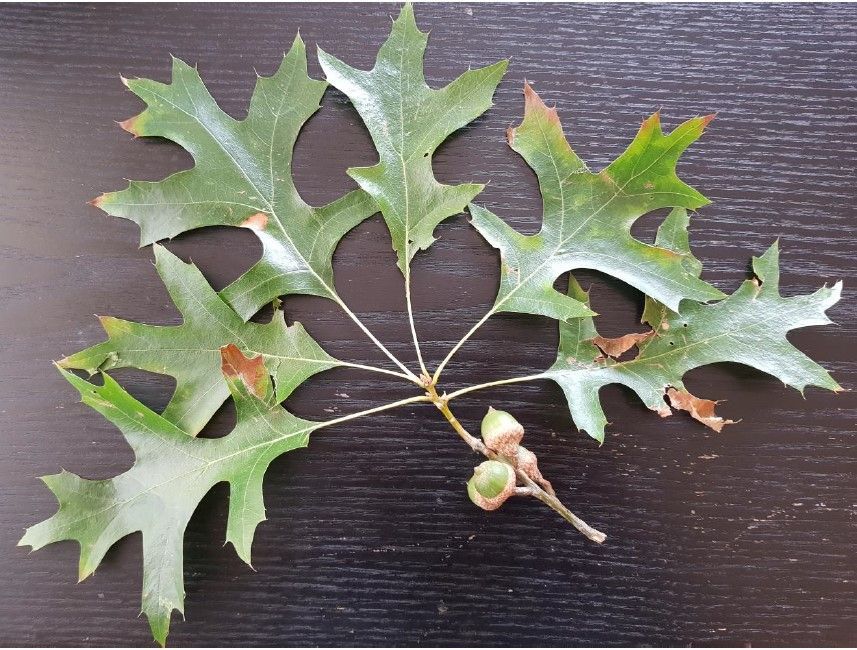
2. Southern Red Oak (Quercus falcata)
- Habitat: It thrives in dry, sandy soils like those around Southern Pines.
- Description: This oak has distinctive falcate (sickle-shaped) leaves, and its bark is smooth when young, becoming more ridged with age.

3. White Oak (Quercus alba)
- Habitat: Though typically associated with richer soils, you can find white oaks in the Sandhills in the areas where moisture retention is slightly better.
- Description: It has broad, rounded lobes and is valued for its wood and acorns, which support local wildlife.
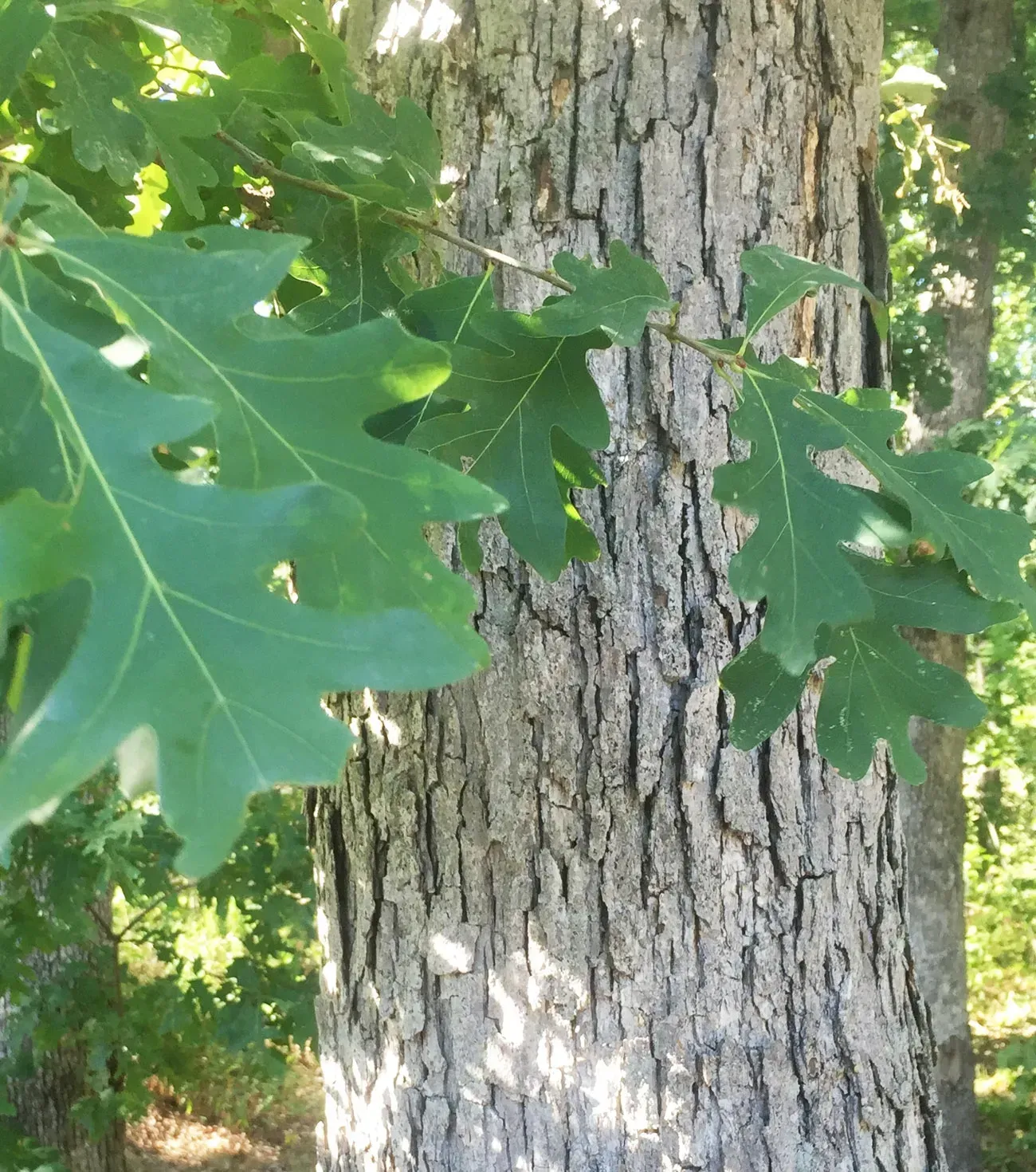
4. Post Oak (Quercus stellata)
- Habitat: Tolerant of dry, poor soils and common in the upland areas of the Sandhills.
- Description: Post oaks have a distinctive cross-shaped leaf pattern and are tough, slow-growing trees that thrive in the dry conditions of the region.
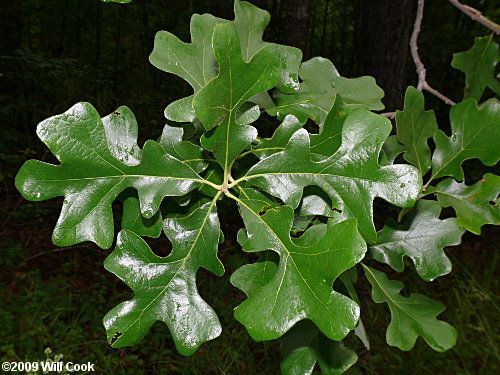
5. Blackjack Oak (Quercus marilandica)
- Habitat: This oak is particularly suited for the drier, sandy soils of the Sandhills region.
- Description: Its leaves are often irregularly shaped with a rough texture. It is a smaller tree, typically found in poorer, dry soils.
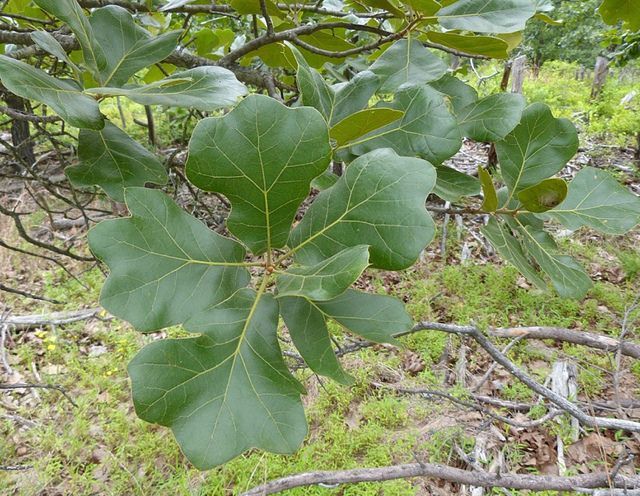
6. Chinkapin Oak (Quercus muehlenbergii)
- Habitat: Found in areas with slightly better drainage or in the transition zones between upland and lowland areas.
- Description: Chinkapin oak has small, narrow leaves and is often mixed in with other hardwoods in the region. It is named for its chestnut-like foliage.
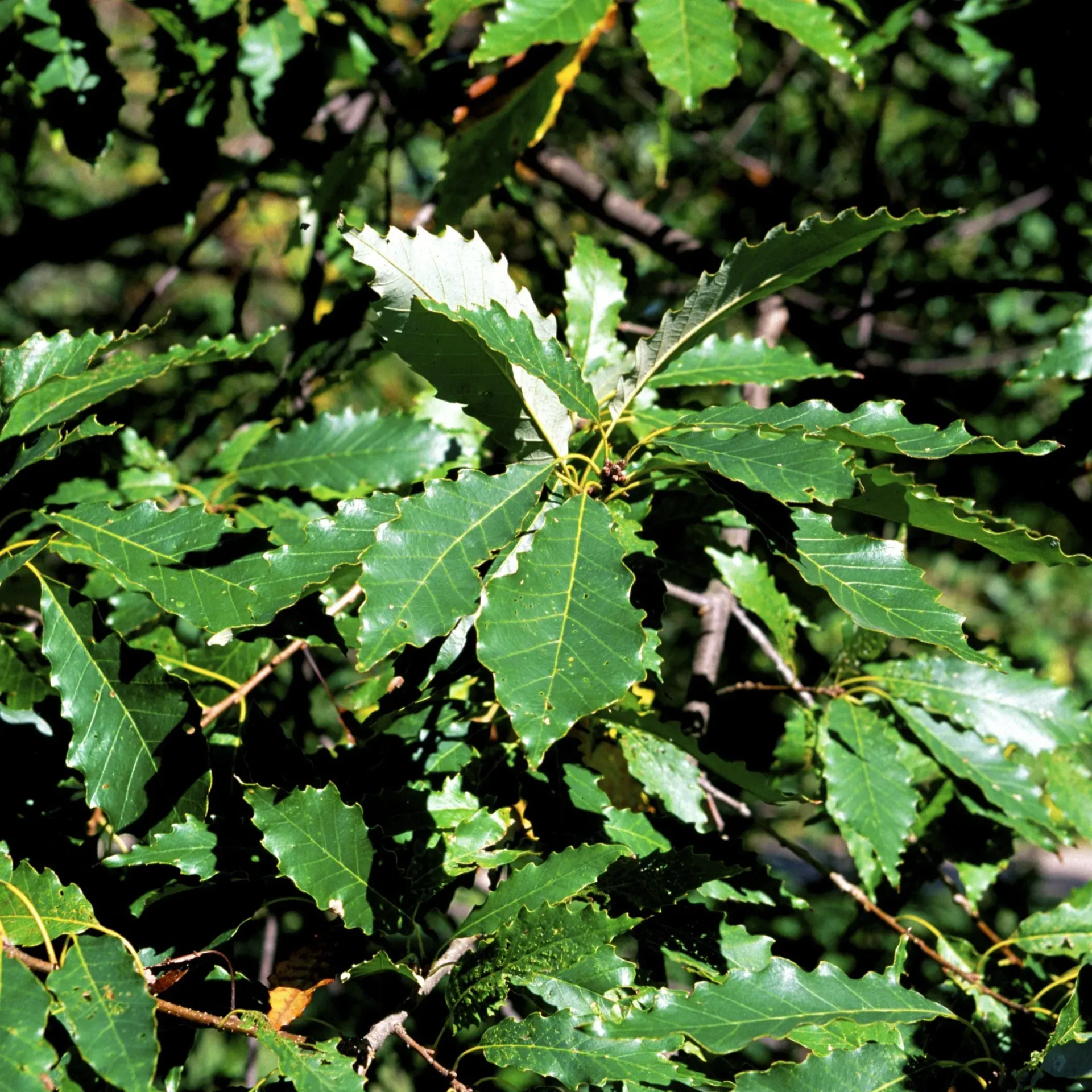
7. Live Oak (Quercus virginiana)
- Habitat: Though typically more common along the coast, it can be found in some of the wetter lowlands around Southern Pines.
- Description: A broad, evergreen oak with wide, spreading branches, this tree is iconic in southern landscapes.
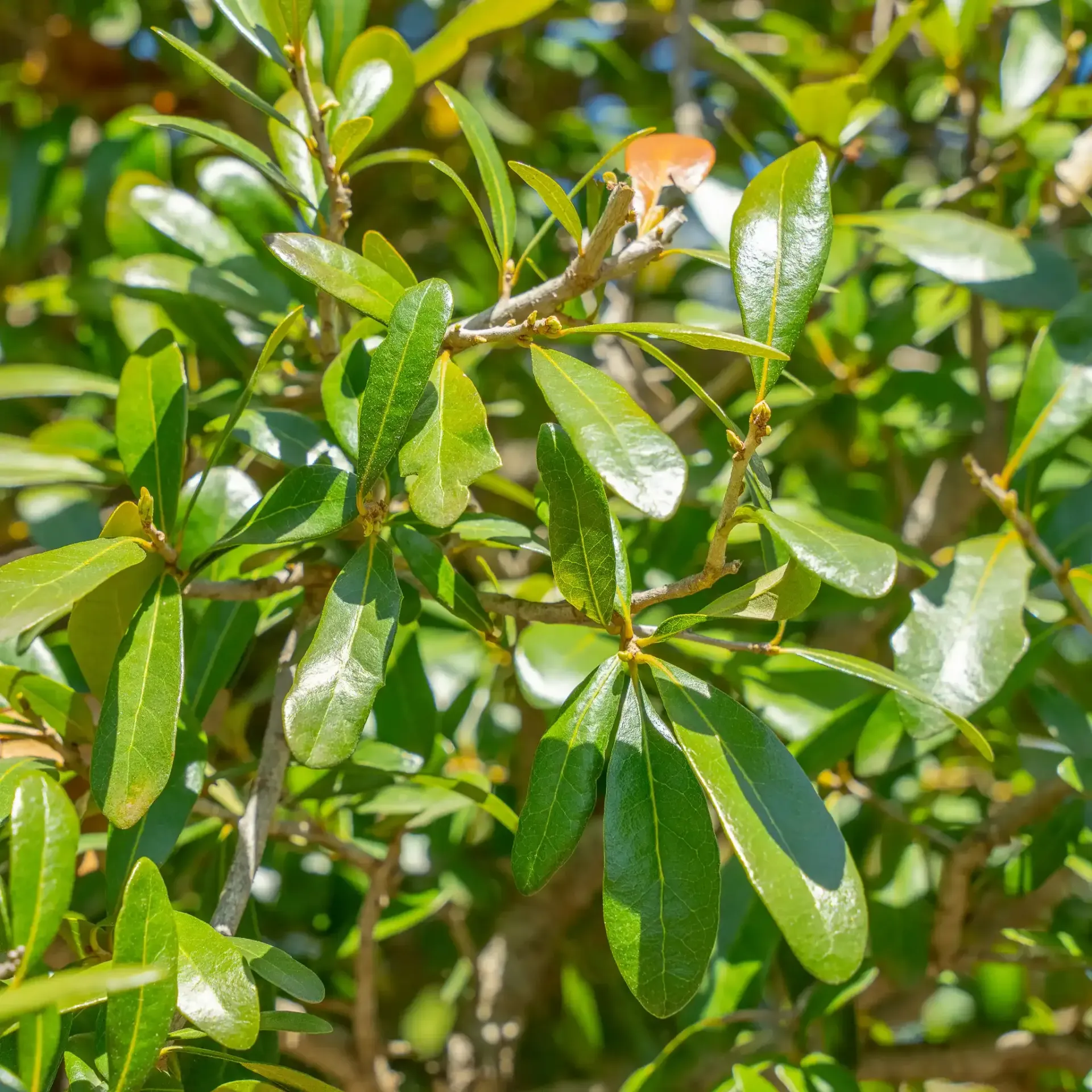
8. Swamp Chestnut Oak (Quercus michauxii)
- Habitat: Prefers bottomlands or areas with seasonal flooding, so it can be found in some of the wetter areas around Southern Pines.
Description: It has broad, rounded leaves and produces large acorns that are favored by wildlife.
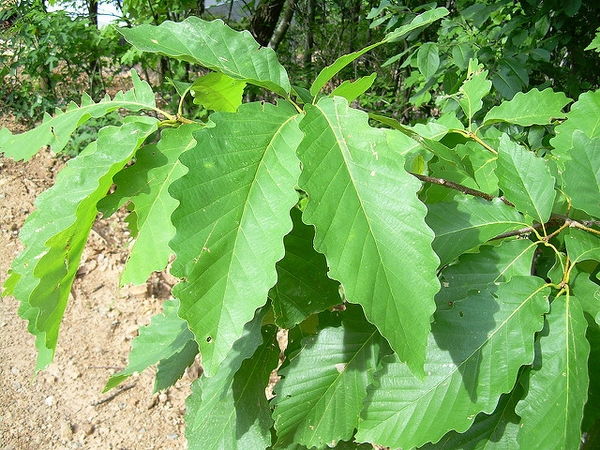
These oaks are all well-suited to the varying conditions of the Sandhills, where soil types range from sandy and dry to more moist and loamy in lowland areas. The tree canopy in this area is also supported by other hardwoods, such as hickory, and pine species like Longleaf Pine and Loblolly Pine.
This is paragraph text. Click it or hit the Manage Text button to change the font, color, size, format, and more. To set up site-wide paragraph and title styles, go to Site Theme.
This is paragraph text. Click it or hit the Manage Text button to change the font, color, size, format, and more. To set up site-wide paragraph and title styles, go to Site Theme.
Is this working???
This is paragraph text. Click it or hit the Manage Text button to change the font, color, size, format, and more. To set up site-wide paragraph and title styles, go to Site Theme.
